
views
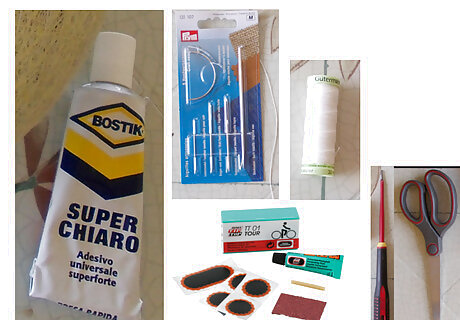
Get the necessary tools. The tools you'll need are: a small flat screwdriver round-tipped scissors curved needle polyester thread (Gutermann type) light glue type Bostik patches and putty for bicycle repair (tube repair kit) Needle and thread are readily available at any haberdashery (sewing supply store) while putty and air chamber repair kits can be found at any hardware store.
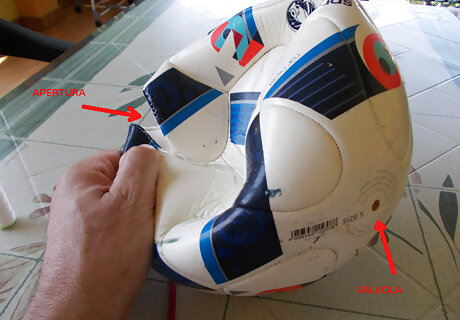
Open the flask by cutting the seam thread from the opposite side of the inflation valve. For this operation, the screwdriver will be useful to lift the sewing thread so as to cut it without damaging the edge of the ball.
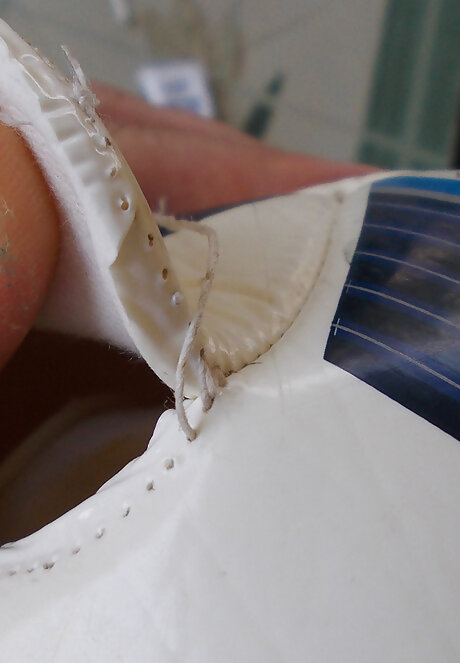
Cut only the wire and do not damage the dowel of the ball. Work carefully. The holes should not be damaged in order to make a perfect rewinding later in the process.
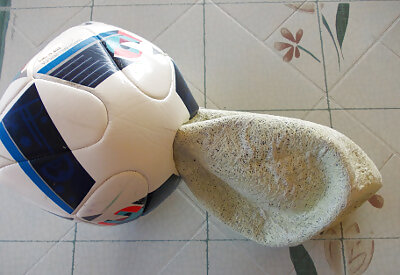
Deflate the inner tube slightly. Generally it is covered by a polyester thread that is slightly glued to it. You'll need to remove it to work on it, it is necessary to deflate it as much as possible to make it pass through the opening you have created.Foto 04.png
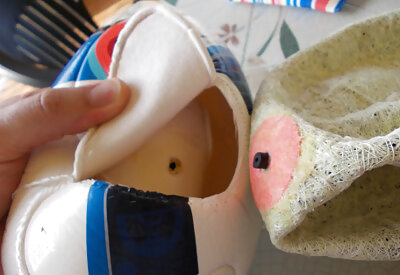
Extract the inner tube. The inner tube is glued to the valve block, and it is necessary to use a little strength to extract it.Foto 05.png
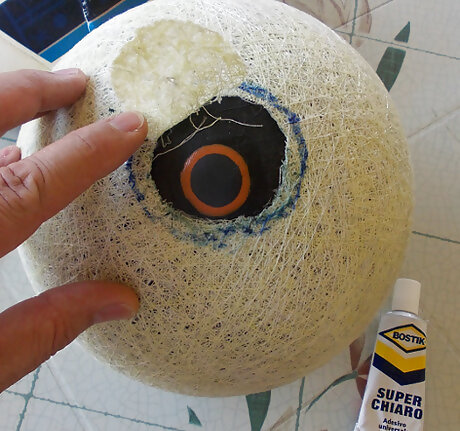
Locate the hole. Inflate the tube and, if necessary, immerse it in a container of water to locate the hole. Lift the outer cover just above the hole, using the scissors to expose it.
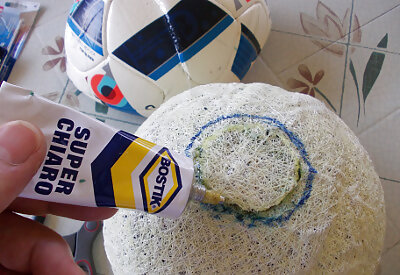
Repair the inner tube using the repair kit. Scrape the surface of the inner tube with the special grater blade or the abrasive paper in the kit, then spread the putty of the kit over the hole, wait a few minutes and glue the prepared piece, exerting a homogeneous pressure for a few minutes. It is also possible to maintain a moderate pressure for about 30 minutes on the applied piece with the help of a clamp. If possible, wait 12 hours before inflating the tube to check for perfect seal, then reposition the outer cover and fix it with the Bostik putty.Foto 07.png
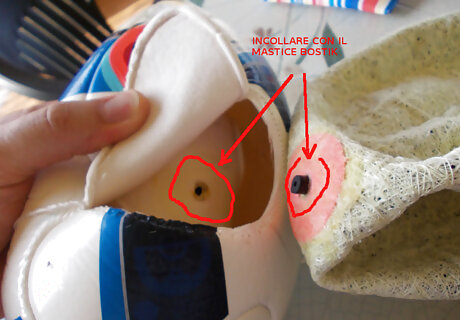
Paste the inner tube to the balloon coating at the inflation valve. To do this, use the Bostik and wait at least 12 hours until the gluing is firm. This will allow you to reinsert the inner tube into the balloon (the outer portion of the ball) without the two detaching. Only paste the valves together. Do not paste any other part of the inner tube to the cover since you may still need to make adjustments.
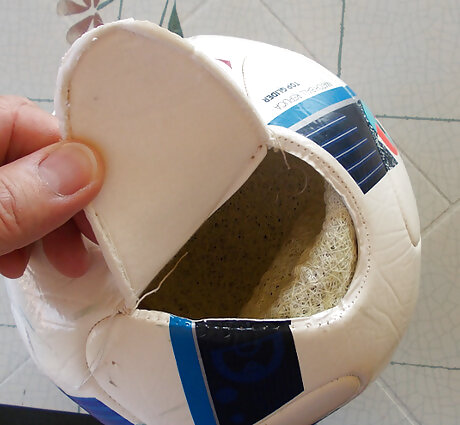
Inflate the ball to correctly position the inner tube inside. To position the inner tube inside correctly, massage the flask and then deflate it slightly (about halfway). Make sure the tube is centered before proceeding.
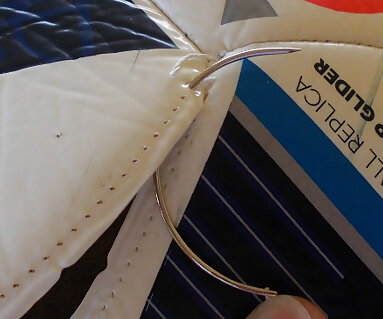
Thread the seam back together. Work carefully. Centering the tube previously should reduce the risk of piercing the chamber with the needle, but you should still work with a steady hand.Foto 10.png
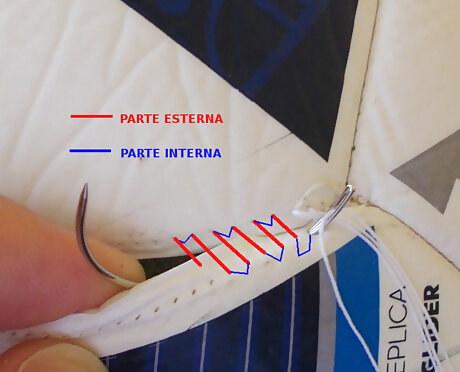
Sew the ball cover using the curved needle and the double thread. Use the holes already present. Following the diagram shown in the photo, note that parte esterna refers to the outside, and parte interna refers to the inside.
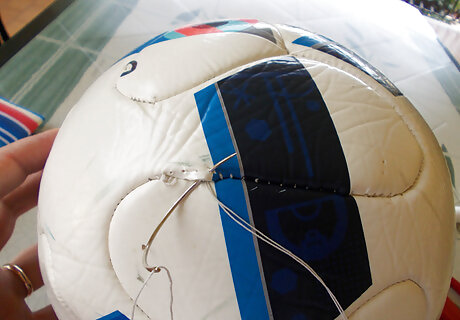
Pull the thread so that the seam is tightened. Furthermore, no holes should be skipped so that the work is precise and resistant.
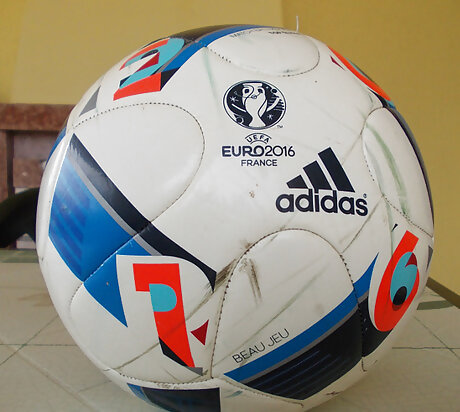
Inflate the ball to 0.5-0.7 bar. Have fun with your newly repaired soccer ball!
















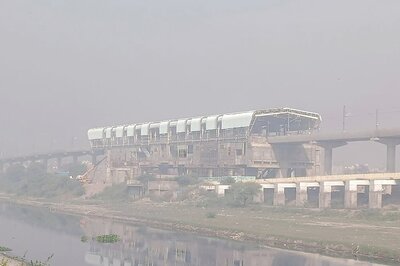

Comments
0 comment